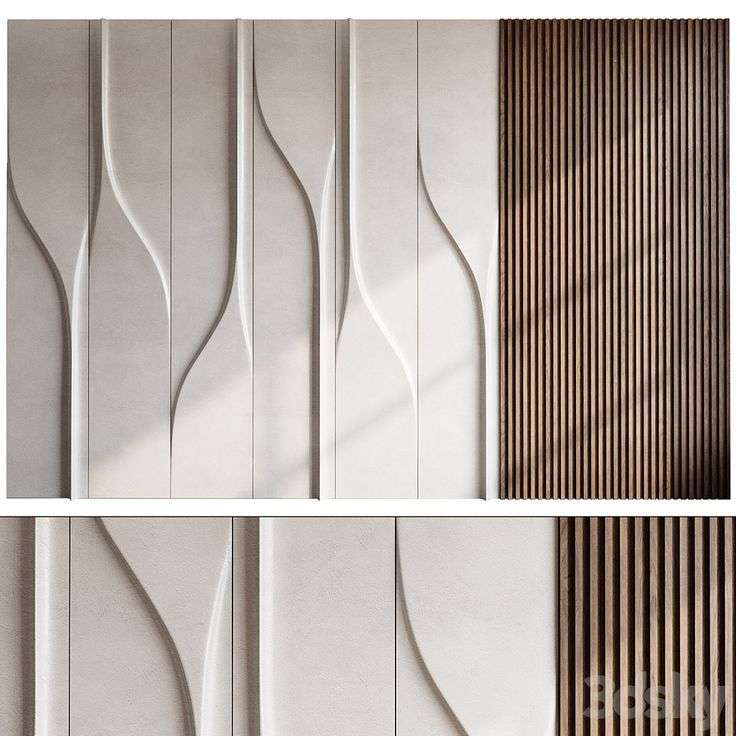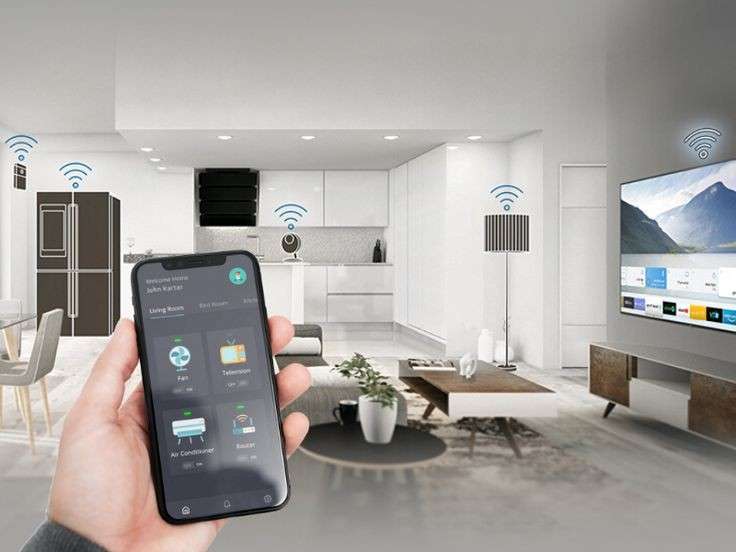Vastu Shastra, the ancient Indian science of architecture, has been around for thousands of years. Rooted in the belief that the design and layout of a space affect the energy and well-being of its inhabitants, Vastu Shastra plays a crucial role in interior design. Today, integrating Vastu principles into modern interior design practices can help create a balanced and positive environment for your home or office.
If you’re looking to enhance your home or workspace by aligning it with Vastu principles, this blog will guide you on how to incorporate Vastu Shastra into your interior design.

What is Vastu Shastra?
Vastu Shastra is an ancient system of architecture and design based on the natural forces of nature, including the sun, wind, water, and earth. It is rooted in the idea that these elements influence our lives and that proper placement and orientation of objects and spaces can bring harmony, prosperity, and well-being. The principles of Vastu Shastra can be applied to various aspects of a space, from the layout and design of a building to the arrangement of furniture and decor.
The Importance of Vastu in Interior Design
- Creating Positive Energy Flow
Vastu emphasizes the flow of positive energy or ‘prana’ throughout a space. By designing interiors according to Vastu principles, you ensure that energy flows smoothly and naturally, promoting health, peace, and prosperity. Proper alignment of rooms, furniture, and decor can balance the flow of energy and reduce negative vibrations. - Enhancing Health and Well-being
According to Vastu, a well-designed home or office contributes to the overall health and well-being of its occupants. By considering factors like the direction of rooms, placement of furniture, and the use of colors, you can create an environment that supports physical and mental health. - Attracting Prosperity and Success
Vastu also links the arrangement of your living or working space with prosperity. By using Vastu principles in interior design, it’s believed that you can attract wealth, success, and happiness into your life.
Key Vastu Principles to Follow in Interior Design
- Entrance and Main Door
The entrance is one of the most important aspects of Vastu Shastra. The main door should ideally face north or east, as it is believed to bring positive energy. The door should be sturdy, clean, and free from obstructions, ensuring smooth energy flow into the home. - Living Room Placement
The living room should ideally be placed in the northeast or north part of the house, as this is considered a zone of positive energy. It is important to keep the living room uncluttered, with furniture arranged to allow for easy movement and conversation. - Bedroom Design and Layout
The master bedroom should be located in the southwest direction, as this promotes stability and strength in relationships. The bed should be placed with the head towards the south for restful sleep and energy balance. Avoid placing mirrors in front of the bed, as this is believed to disrupt energy flow. - Kitchen Position
The kitchen is a space of transformation, and its placement is critical in Vastu Shastra. Ideally, the kitchen should be in the southeast corner of the house. The cooking area should face east to ensure the food is prepared with positive energy. - Bathroom and Toilet Placement
Bathrooms should be placed in the northwest or southeast direction of the house, while toilets should never be placed in the center. It’s important to ensure that these spaces are well-ventilated and kept clean, as they are associated with the removal of negative energies. - Colors and Lighting
Colors play a significant role in Vastu Shastra. Each direction and space has its associated colors, and choosing the right one can enhance the positive energy of a room. For example, light and pastel shades are ideal for living rooms, while soothing colors like lavender and green work well in bedrooms. Ample natural light is also essential for creating a healthy, vibrant atmosphere. - Furniture and Decor
Furniture should be arranged in a way that promotes a free flow of energy. Avoid clutter and ensure that pieces are balanced and proportional to the room size. Avoid sharp edges in furniture, as these can create negative energy. Additionally, placing plants or water features like fountains in the northeast corner can improve the energy of a space.
Vastu for Office Interior Design
Vastu Shastra is not just limited to homes—it can also be applied to offices for a productive and harmonious work environment. Here’s how:
- Desk Placement
Your desk should be placed in a way that you face the north or east while working. The seat should be sturdy, with a high backrest, providing support for your career growth. Avoid sitting with your back facing the door, as it can cause insecurity. - Meeting Rooms
For meetings and discussions, position the meeting room in the northwest part of the office. This is said to be the ideal location for creating collaboration and stimulating new ideas. - Lighting and Decor
Good lighting is important to improve focus and creativity. Make sure your workspace is well-lit, with natural light if possible. Use plants and artworks to uplift the energy of the office, while ensuring the space remains uncluttered.
Benefits of Implementing Vastu Shastra in Interior Design
- Improved Health and Well-being: Vastu-compliant spaces promote a healthier, happier lifestyle.
- Increased Productivity: Positive energy in a workspace leads to better focus, creativity, and overall work performance.
- Peaceful Atmosphere: Vastu helps create an environment free of negative energies, leading to tranquility and balance.
- Attracting Success and Prosperity: When aligned with Vastu principles, spaces are believed to bring wealth, success, and happiness into your life.



